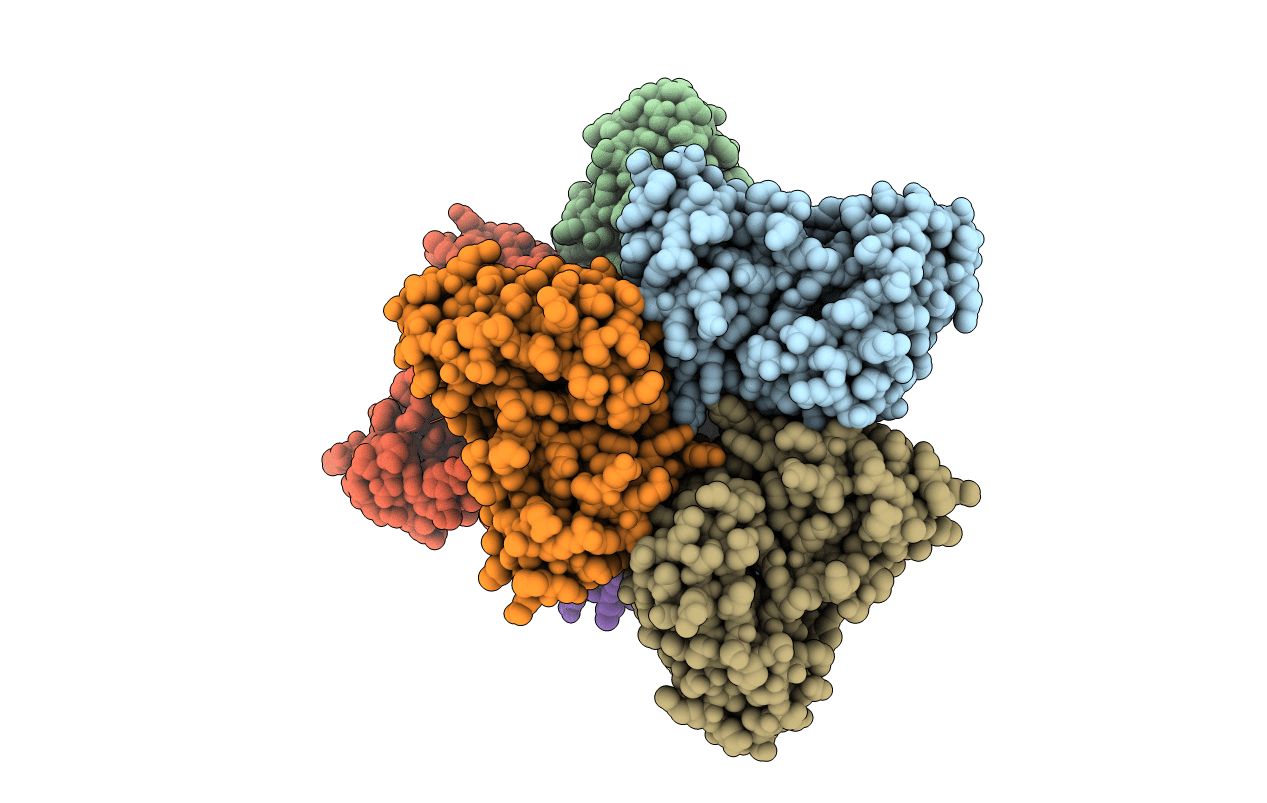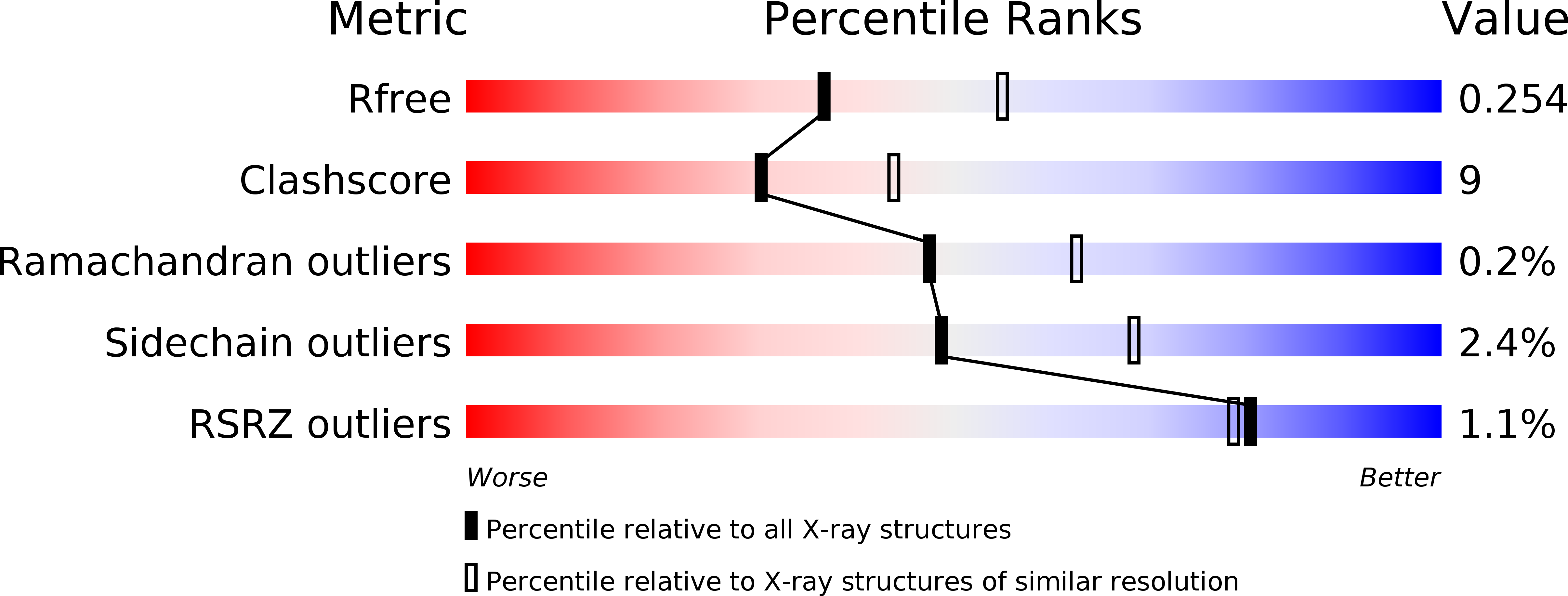
Deposition Date
2011-02-16
Release Date
2012-02-22
Last Version Date
2024-11-13
Entry Detail
PDB ID:
3AUV
Keywords:
Title:
Predicting Amino Acid Preferences in the Complementarity Determining Regions of an Antibody-Antigen Recognition Interface
Biological Source:
Source Organism:
Homo sapiens (Taxon ID: 9606)
Host Organism:
Method Details:
Experimental Method:
Resolution:
2.40 Å
R-Value Free:
0.25
R-Value Work:
0.21
R-Value Observed:
0.21
Space Group:
P 31 2 1


